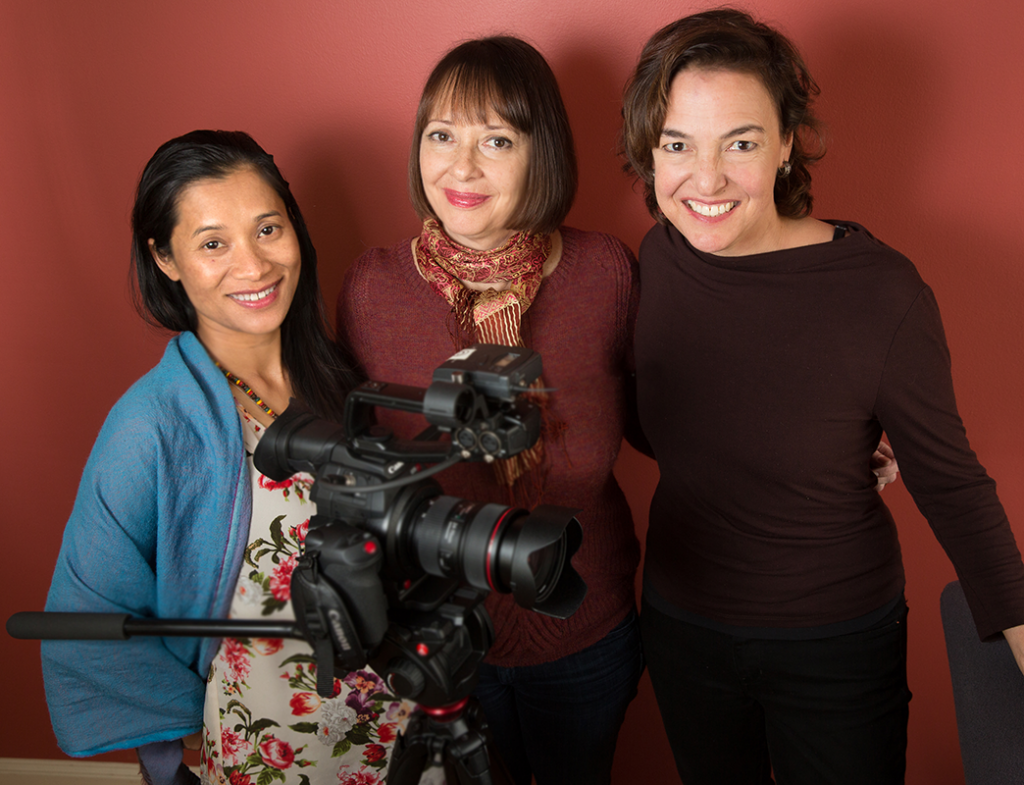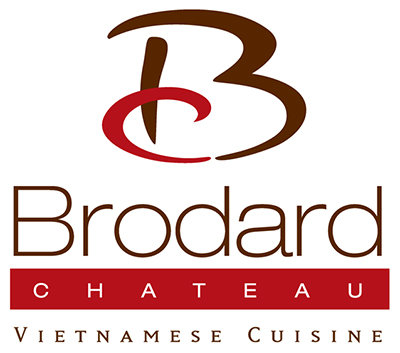1. What about Vietnamese-run nail salons inspired you to make a film centered around one?
Co-producers Dianne and Erica were initially fascinated by the proliferation of San Francisco nail salons, the Vietnamese women who work in them, and this affordable luxury so many women desired. When they entered the nail salons with translator and Associate Producer Nhung Pham, they realized the story was much deeper. The three women united to tell Van Nguyen’s story, as a labor of love and personal commitment to spread awareness about worker’s rights. Each of them had a personal connection to this story.
For Erica Jordan, the immigrant themes that run through Painted Nails resonate with her deep connection to her grandmother –a Russian immigrant who worked in the New York garment industry and dedicated her life as a union organizer. Erica saw the connection between her grandmother’s struggle to assure worker’s rights in the 1900’s and the health issues Van faces her workplace today.
Dianne Griffin’s Iranian husband was displaced by circumstances of the Revolution. She has been exposed first-hand to the immigrant experience in America. Dianne is reminded daily of their cultural differences. Through Painted Nails, Dianne was able to revisit themes she has explored in her past work, produced on many continents around the world – the complexities of a multicultural society and how we perceive and negotiate differences, the stranger, the other.
Nhung Pham has been working to help the Vietnamese community since she immigrated here in 1998. In her Master’s program in International and Development Economics, Nhung engaged in on-site field research on the impacts of pesticides and herbicides on the health and productivity of small farmers in Nam Dinh province in Vietnam. Nhung was drawn to working on Painted Nails because of her commitment to assisting the Vietnamese immigrant community; especially those friends who suffer the consequences of working daily in the toxic environment of nail salons.
2. What about Van Hoang (her last name is Nguyen) specifically drove you to tell her story?
The development of a trusting relationship with Van Nguyen, as the main subject, was the defining element in creating this personal, character-driven documentary. She made it clear from the start that she had nothing to hide and generously invited us to document her unique journey for over several years. With the assistance from our translator and associate producer Nhung Pham, we were able to learn cultural subtleties and to seamlessly enter Van and her husband Triet’s work and home. Our investment of time allowed us to structure a film that truly shows personal and political transformation.
3. Much of Painted Nails deals with the experience of Vietnamese immigrants with assimilation and disillusionment with the American dream, struggling to balance work and family. Have films adequately portrayed that dynamic, or are depictions of the Asian immigrant experience lacking? Why or why not?
We appreciate this question, because it was our intentions to make a film, not only about the toxins in the nail industry, but to share a multi-layered immigrant story. We wanted to make a film, which breaks down stereotypes and allows the audience to connect with, and care about, another person’s struggles and triumphs on a very intimate level. We would like to see the film industry finance and distribute the many thought-provoking films, which are made every year by independent filmmakers, to a wider audience. We encourage people to go to film festivals such as Viet Film Fest 2016 where they can see well-crafted stories about the Asian immigrant experience and show support for the filmmakers. This is only way distributors will know there is a large audience for these types of films.
4. Is it important for immigrant experiences, in this case specifically with Vietnamese immigrants, to be documented or portrayed in film or other media? Why or why not?
Making films about the immigrant experience and other under-represented subjects takes a great dedication of time, without financial gain. Most independent filmmakers, including us, pursue these subjects out of a deep commitment to initiate personal and social change.
5. Much of Hoang’s clientele come from various ethnic and racial backgrounds. Do you see nail salons as a venue where cross-cultural bonds can be built? If so, how? If not, why not?
Through Van’s salon is in a neighborhood overtaken with gentrification and residents struggle with exorbitant housing costs, the salon is a welcoming refuge where women share their experiences with each other and enjoy being a queen for a couple hours. We witnessed an intimate, often non-verbal, connection between manicurist and client. Even with Van’s limited English, her clients feel the caring she gives through the manicure and massaging of their hands. Many of Van’s regular customers have a sincere respect for her skill as a nail technician and are very loyal to her salon.
6. Painted Nails focuses on Hoang’s advocacy for safer salon practices, which mostly, but not exclusively, affect Vietnamese Americans and immigrants. What are the struggles an immigrant advocate faces compared to advocates born in the U.S., or who aren’t part of a minority group?
We believe Van’s story is extra poignant because she is an immigrant and came to the United States with the assumption that she would be working in a safe environment. Audiences are very inspired by Van’s journey, because she transforms from a nail salon worker to an advocate. She found the courage to speak out in order to protect her unborn child, her own health, the health of her family and other salon workers. Unraveled are the layers of a seemingly shy woman from Vietnam, who realizes she has something powerful to share with the world.


























